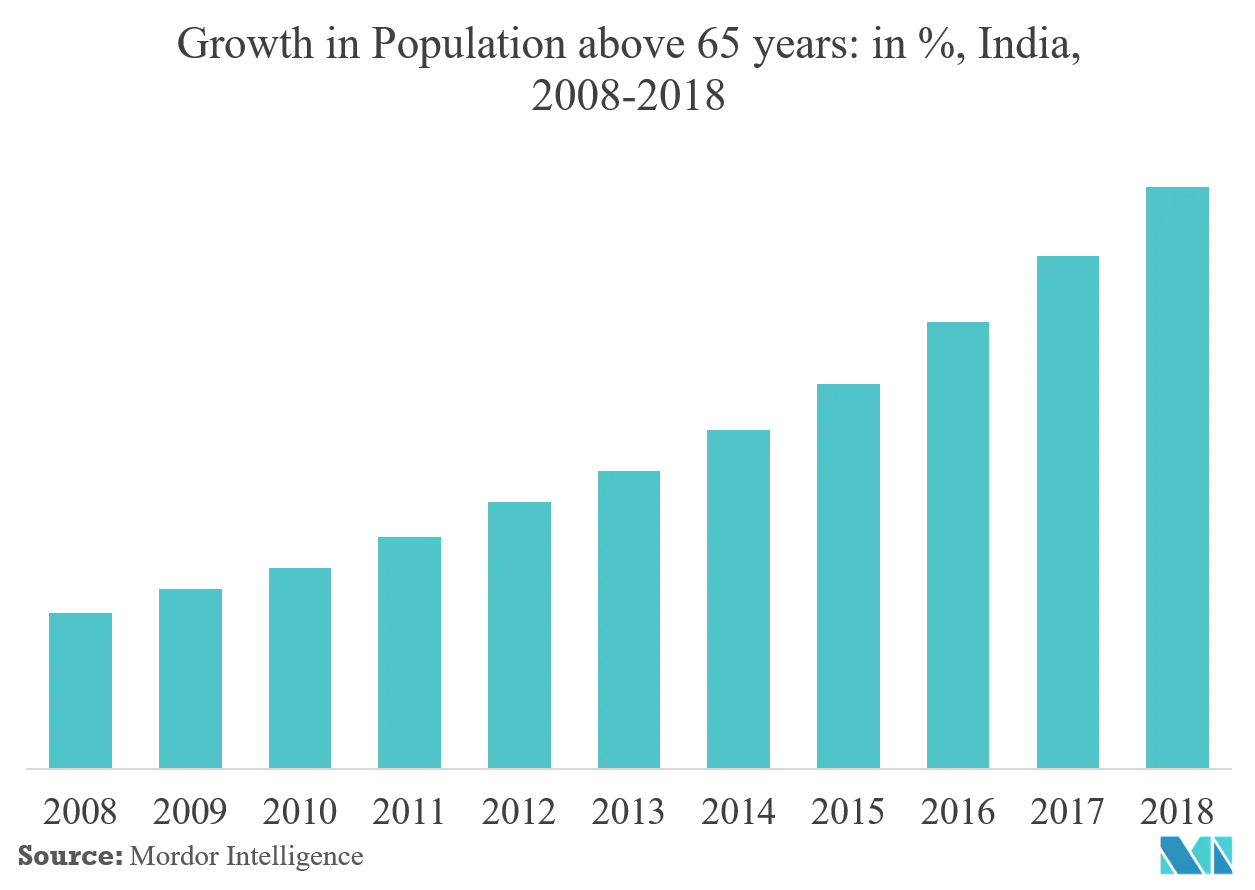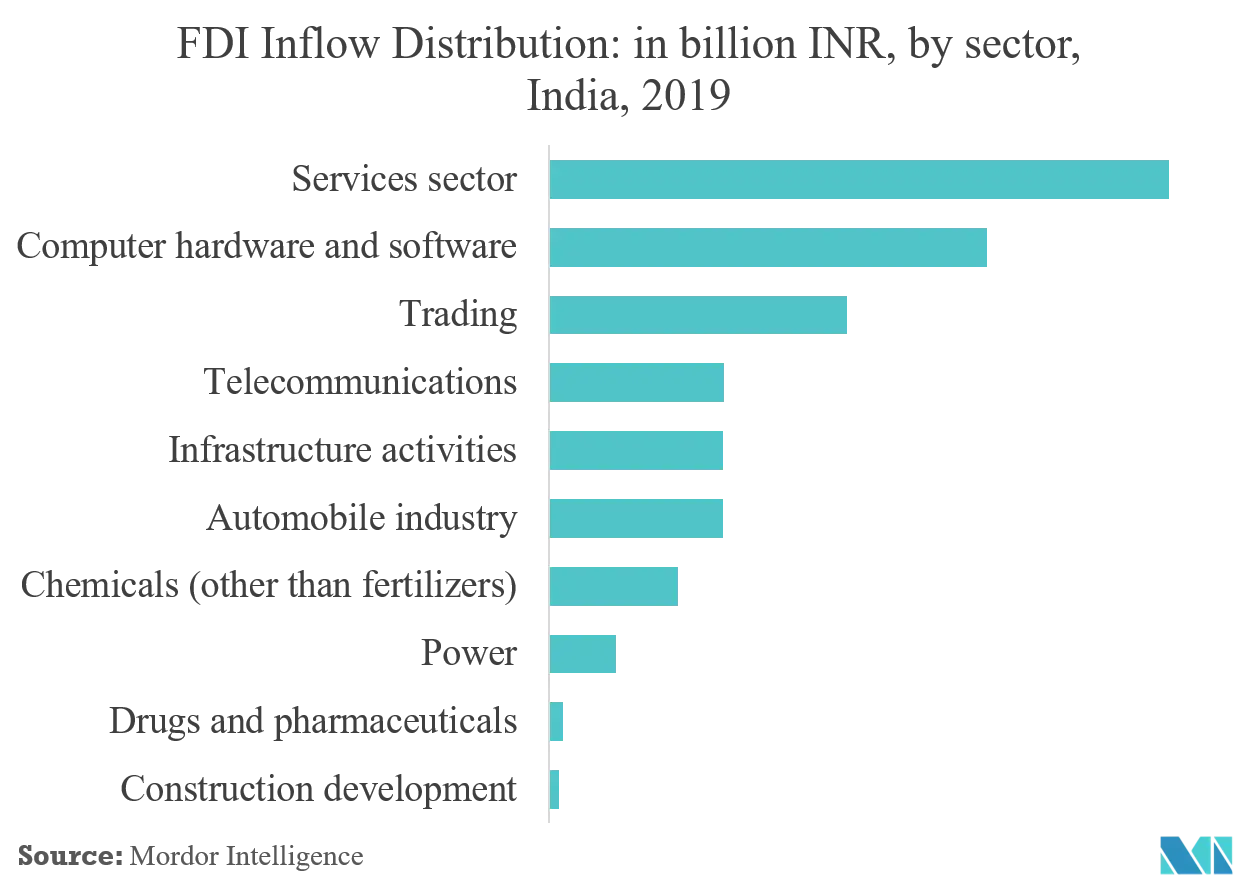Market Trends of India 3PL Industry
This section covers the major market trends shaping the India 3PL Market according to our research experts:
Developments in the Healthcare Sector
With the growing senior population, increasing healthcare awareness, and launch of new products in the market, the global sales of prescription drugs is growing rapidly. Drug manufacturers are continuously introducing specific medicines for treating minor conditions which increases their sales significantly. The growth in pharmaceutical sales will fuel the demand for healthcare logistics in India during the forecast period of 2020-2025.
Among recent updates, Kool-ex, a specialist in pharmaceutical cold chain solutions is focusing on a significant expansion splurge with a planned investment of more than Rs 300 crore. Backed by the growing demand for cold chain logistics in the pharma industry, the company is planning to double its fleet to 800 reefer trucks by the year 2021 investing Rs 140 crore. It is also investing an amount of Rs 90 crore in a 25,000-pallet capacity cold storage warehouse for pharmaceutical products near Pune. The company, in 2019 also acquired 200 completely built reefer trucks from Tata Motors, increasing its fleet size to 400 and becoming the largest player in India in pharmaceutical cold chain logistics.
Expanding its dedicated cold chain facilities in India, the world’s largest container carrier, Maersk, in May 2019, handled an export consignment of butter from Bulandshahr, Uttar Pradesh, to Turkey. It is transforming itself into an integrated logistics service provider with end-to-end transportation assistances parallel to those provided by players like DHL, or FedEx in the express parcel sector. This move by the company has opened up a niche cargo category, encouraging the shipping of a range of commodities within the reefer market.
In October 2019, CEVA Logistics announced the launch of innovative and expert installation service for large-scale medical equipment using its dedicated team of engineers and technicians in India. The company’s expert team will be handling the unpacking, installing and setting up the equipment like MRI Scanners, Cath Labs, Digital Radiography machines and CT Scanners on behalf of a number of global manufacturers.

Government Policies Aiding the Developments in Logistics Sector
The government has echoed its firm commitment to modernizing the functionalities of Indian logistics with a key focus on infrastructure development. With a view to increase the efficiencies of the supply chain and enhance the connectivity to support logistics players to reach the under-explored markets in the country, key infrastructure development projects have been rolled out.
Measures and policy interventions like Goods and Services Tax, (GST), relaxed FDI regulations and granting of infra status has boosted the core competencies of the Indian logistics industry.
GST was a game-changer and has laid the foundation for the logistics companies, which are currently forced to set up small warehouses across multiple cities, to set up large multi-modal logistics parks along with industrial centres which can function as freight and distribution hubs.
The maritime industry is a vital element of a growing economy like India. SAGAR (Security and Growth for All in the Region) and Sagarmala are the two principal policies by the GoI, aimed toward boosting the domestic maritime industry while at the same time engaging in maritime outreach with the other coasts of the Indian Ocean Region.
Sagarmala is a determined national initiative aimed at bringing change in India’s logistics performance by cracking the full potential of India’s coastline and waterways.


